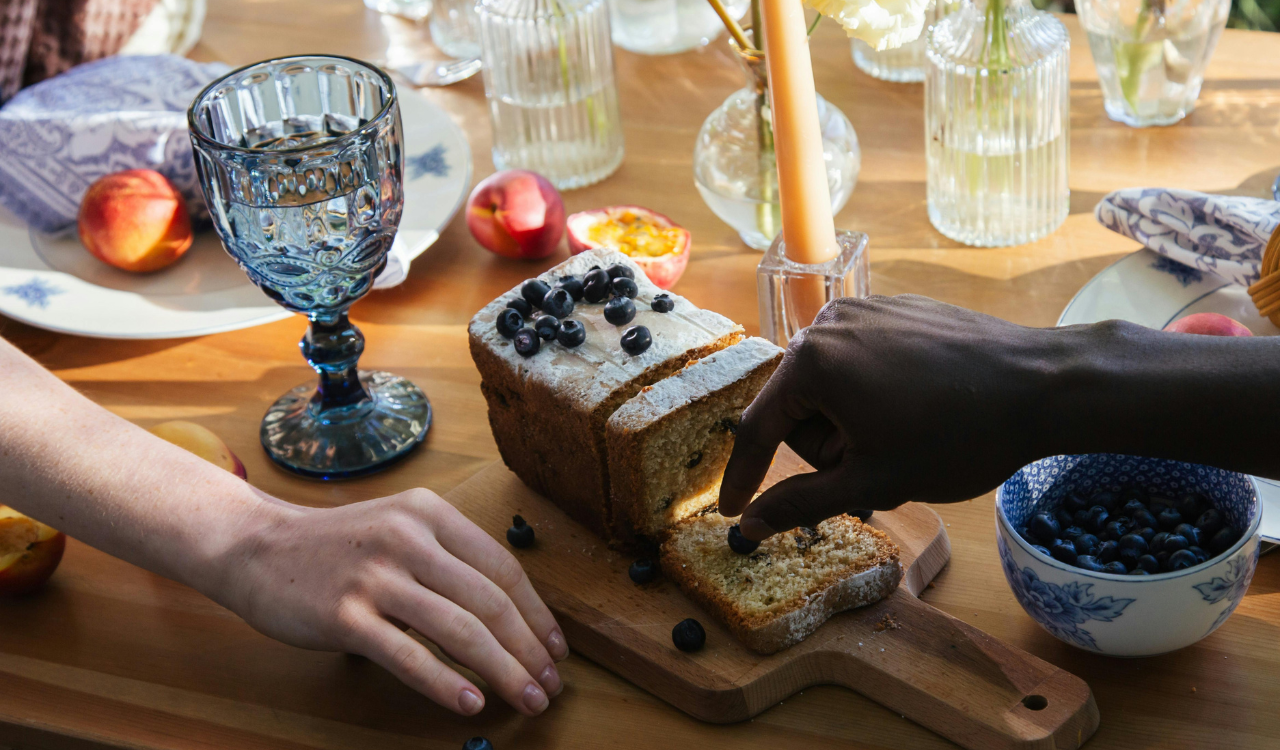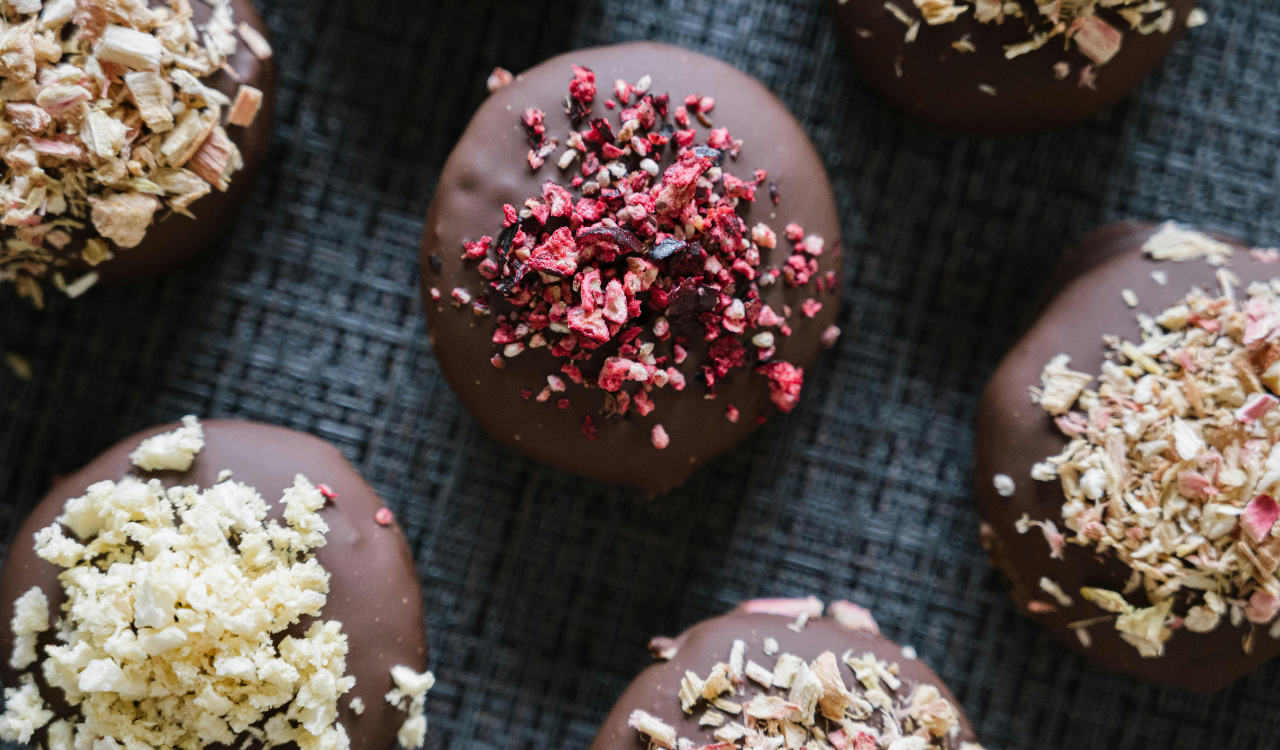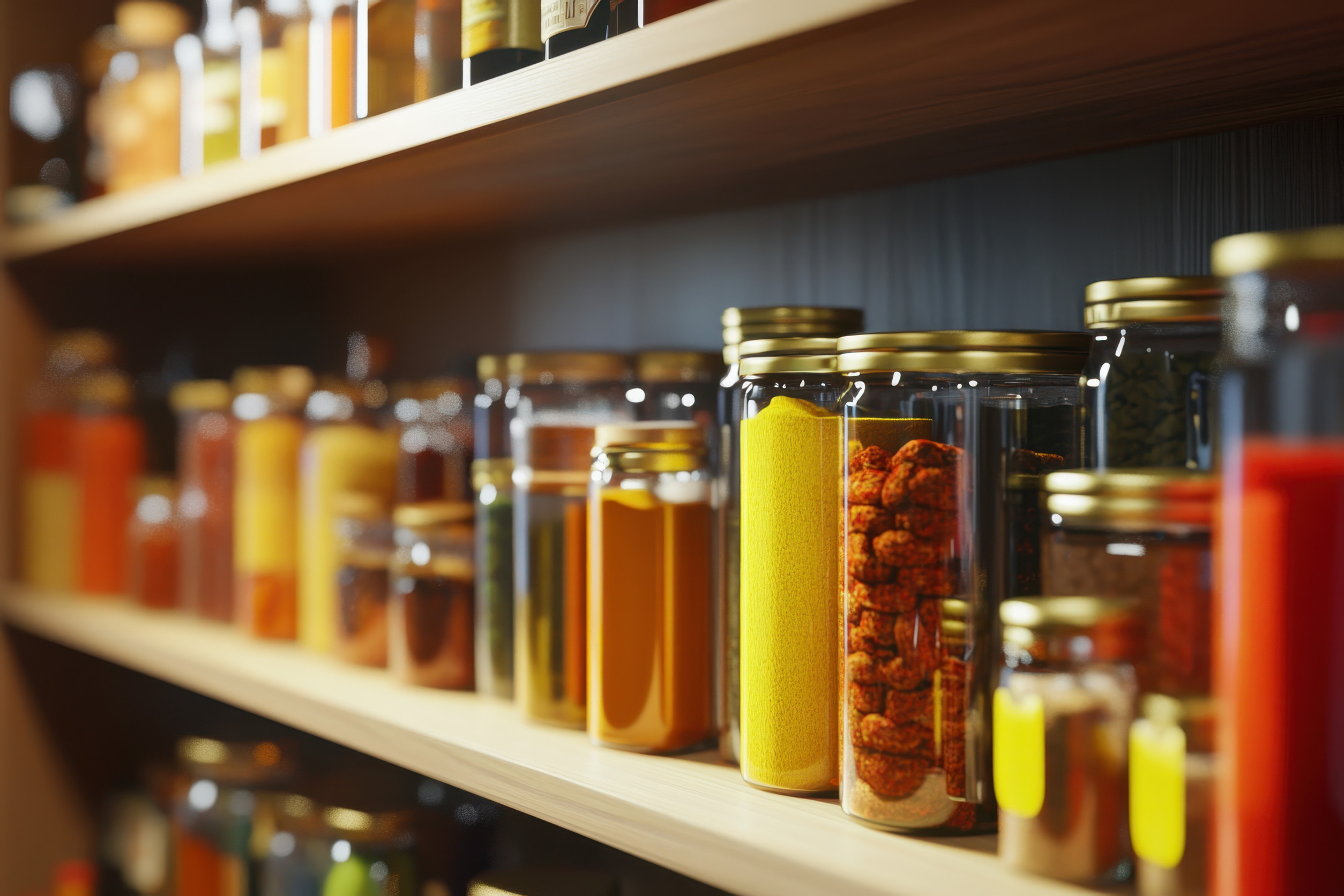12 Burger Moves Chefs Say Actually Improve Flavor
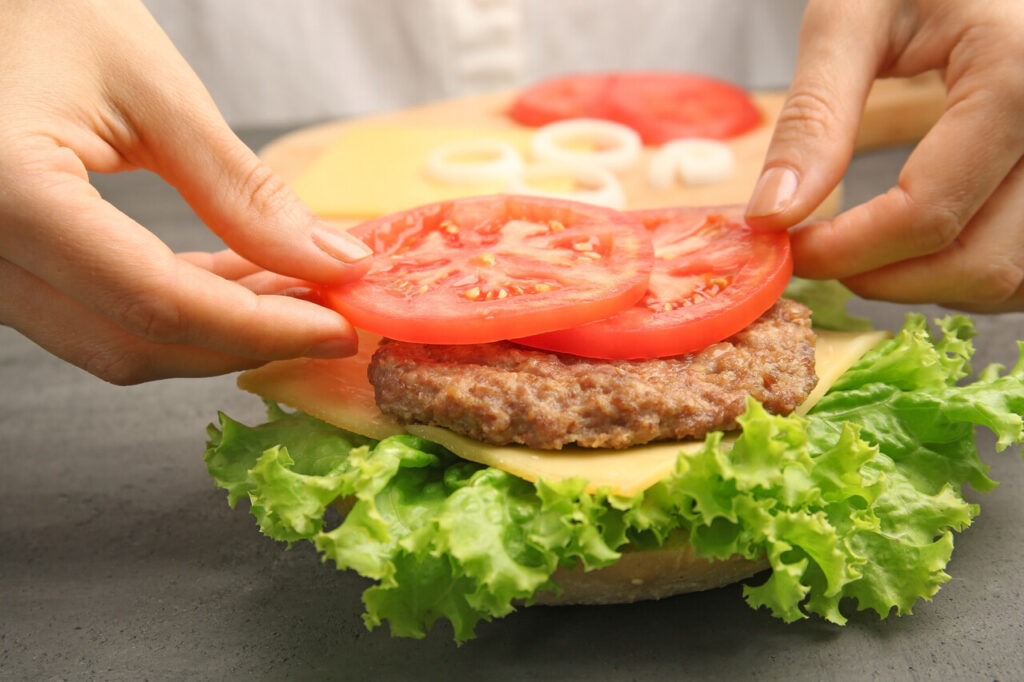
Building a better burger isn’t about secret sauces or expensive ingredients; it’s about mastering the small details that change everything. Chefs know that flavor comes from texture, temperature, and technique long before toppings ever hit the bun. From grinding your own beef to letting the patty rest, each step adds depth and consistency that home cooks often miss. Whether you’re using a cast-iron skillet or the backyard grill, these simple chef-backed moves guarantee your next burger tastes juicier, richer, and more balanced.
1. Use a coarse grind with at least 20% fat for real beef flavor

Chefs agree that flavor begins with texture. A coarse grind of beef with at least 20 percent fat gives every patty juiciness and depth. Leaner blends tend to dry out and lose that rich mouthfeel. Ask your butcher for a coarse grind or do it yourself to control texture and freshness. When fat is evenly distributed, it melts during cooking to baste the meat from within. The result is a patty that browns beautifully on the outside while staying tender and flavorful inside. That balance of bite and richness defines a great burger.
2. Keep the meat cold until it hits a hot surface to lock in juiciness
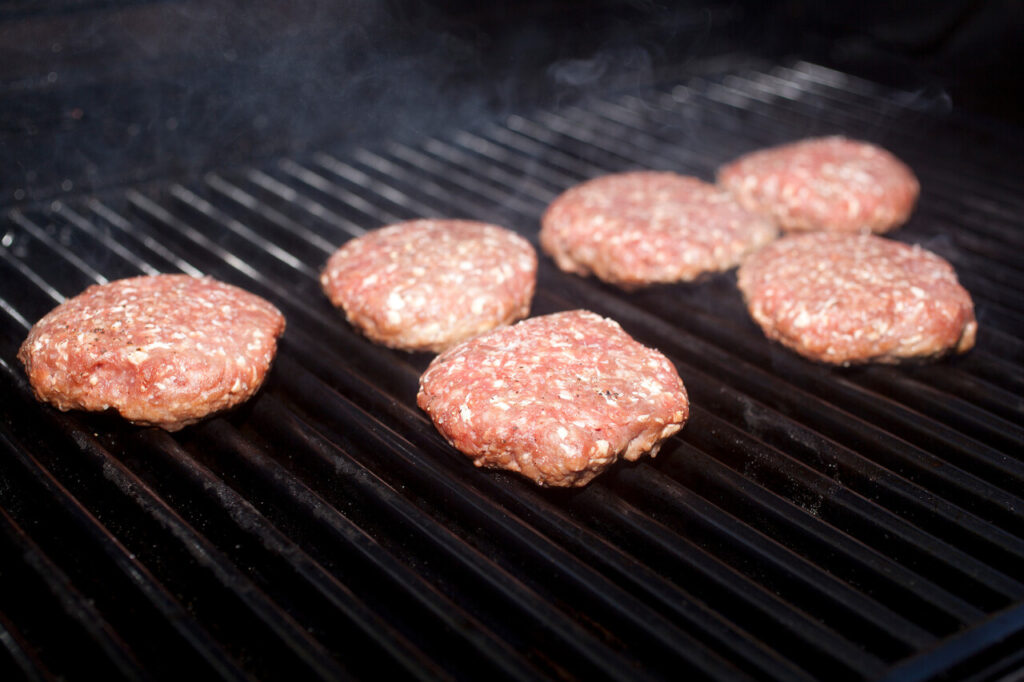
Temperature control might be the simplest yet most overlooked trick. Keeping the meat cold prevents the fat from melting too early. When those solid fat pockets hit a hot grill or pan, they melt just as the crust forms, adding moisture exactly when you need it. Chill shaped patties briefly before cooking and resist the urge to leave them sitting out. Then, use a properly heated pan or grill to seal in juices fast. That quick transition from cold to hot makes the burger’s texture crisp on the outside and tender inside.
3. Form loose, gentle patties to avoid a dense, chewy result

A tender burger starts with a light touch. Overmixing or packing the meat too tightly compresses it, leading to a dense, bouncy texture once cooked. Handle the beef just enough to form a round, even patty that holds together without feeling compact. Slightly loose patties allow steam and fat to move freely during cooking, which makes them juicy rather than rubbery. Think of shaping snowballs: enough pressure to form, but not so much that you crush the air out. That softness translates into the burger’s signature tenderness.
4. Season generously and at the right time for maximum flavor
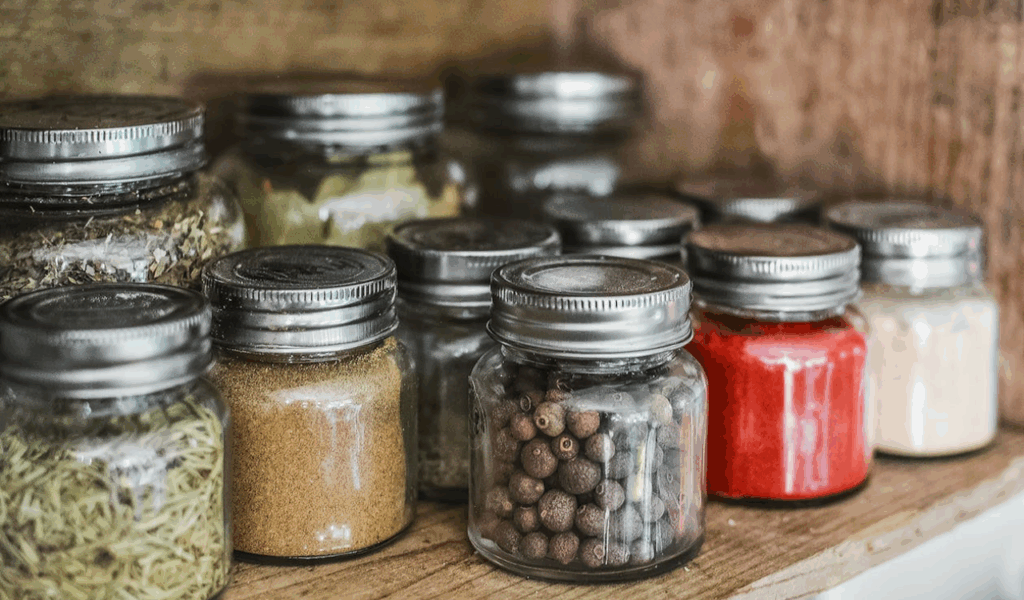
When it comes to seasoning, timing is key. Salt brings out the beef’s natural flavor, but if applied too early, it draws out moisture and tightens the texture. Season right before the patty hits the heat, coating the surface evenly. Freshly cracked pepper or a sprinkle of garlic powder can enhance flavor without overpowering the meat. The goal is a well-seasoned crust that contrasts with the juicy center. Proper salting also helps create that golden sear by pulling moisture just enough to encourage browning without drying the burger out.
5. Press a shallow dimple in the center so patties cook evenly, not domed
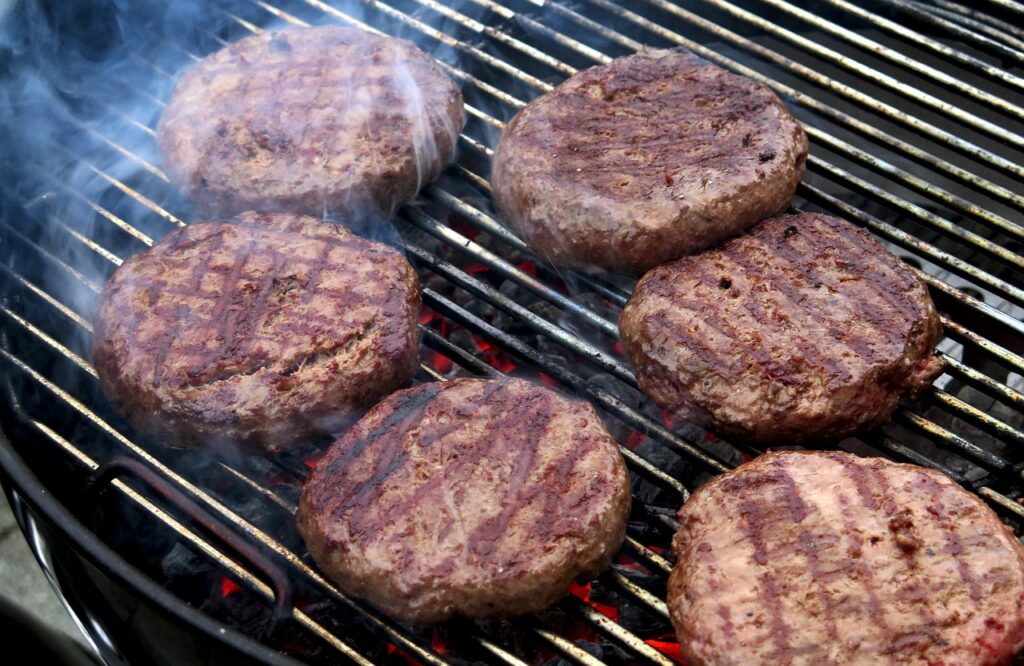
This small adjustment solves one of the most common burger issues. As the proteins contract during cooking, burgers tend to puff up in the center. Pressing a small indentation in the middle helps them stay flat and cook evenly. Use your thumb or the back of a spoon to make a shallow dip before grilling. As the meat cooks and expands, that dimple evens out, leaving you with a uniform patty that fits neatly inside the bun. It’s a simple, foolproof way to keep texture and presentation on point.
6. Cook on a hot cast-iron skillet or flat-top for an unbeatable crust
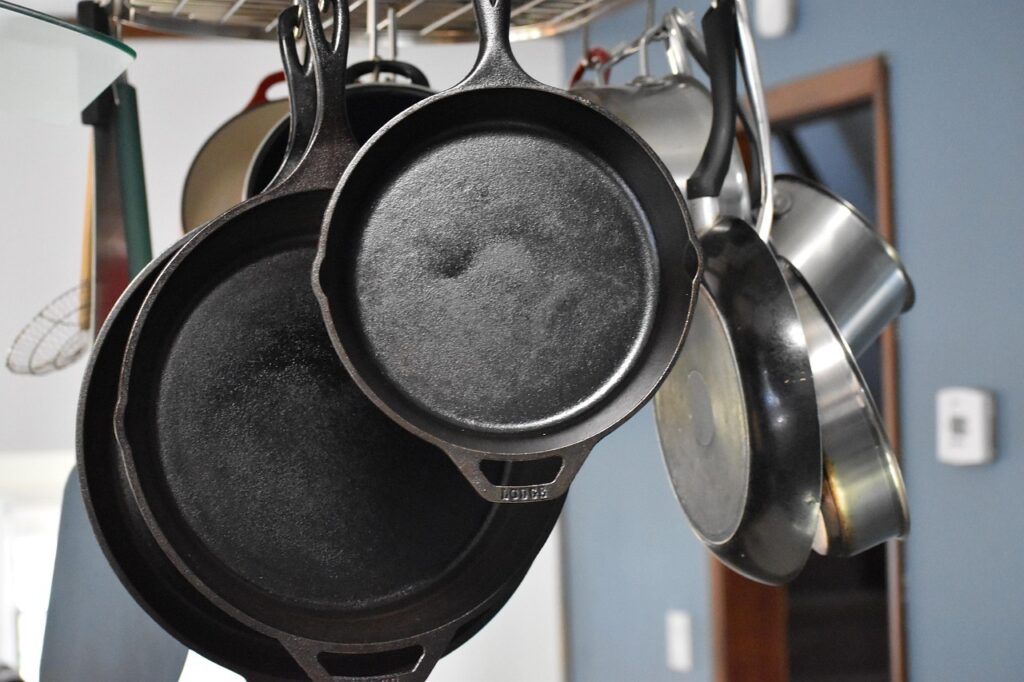
For true flavor, chefs often skip the grill and use cast iron. The even heat and direct contact produce a rich, caramelized crust that seals in moisture. Preheat your skillet until it’s nearly smoking, then add the patty without pressing down. Let it sear undisturbed for a minute or two to develop that deep brown crust before flipping. Cast iron locks in consistent heat, which gives you both color and flavor development that’s hard to match on an open flame. That golden sear defines restaurant-quality burgers.
7. Toast the buns properly to add crunch and stave off fogginess
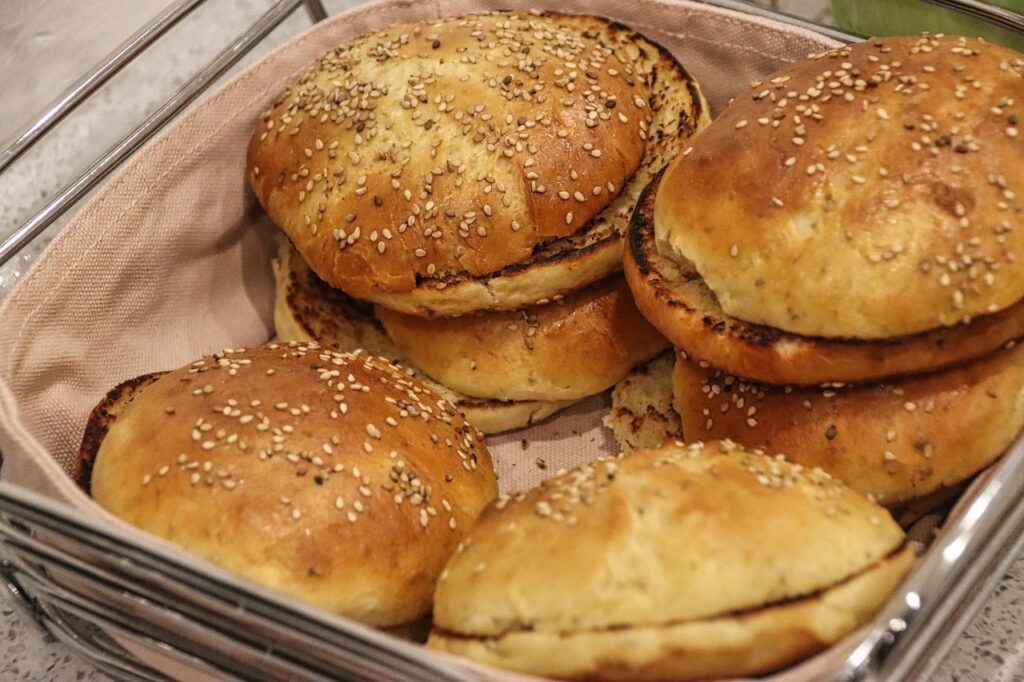
A burger’s bun isn’t just packaging; it’s structure and texture. Lightly toasting the inside of the bun adds a touch of crunch and creates a barrier that prevents sauces and juices from soaking in. Spread a bit of butter or oil on the cut sides and toast them on the pan for a minute until golden. The toasting process also adds flavor through light caramelization. This extra step turns an average bun into something that complements the meat instead of falling apart halfway through the meal.
8. Use cheeses that melt cleanly and support the burger, not drown it

Cheese can make or break a burger. Choose varieties that melt evenly and complement the beef rather than smothering it. American cheese is a classic for its smooth melt, but aged cheddar or Swiss can add sharper, nuttier notes. Add the cheese during the final minute of cooking and cover the pan briefly to help it melt completely. The goal is a glossy blanket of cheese that enhances each bite with creaminess and a subtle layer of flavor instead of turning greasy or overpowering.
9. Layer condiments intelligently so structure and texture hold up
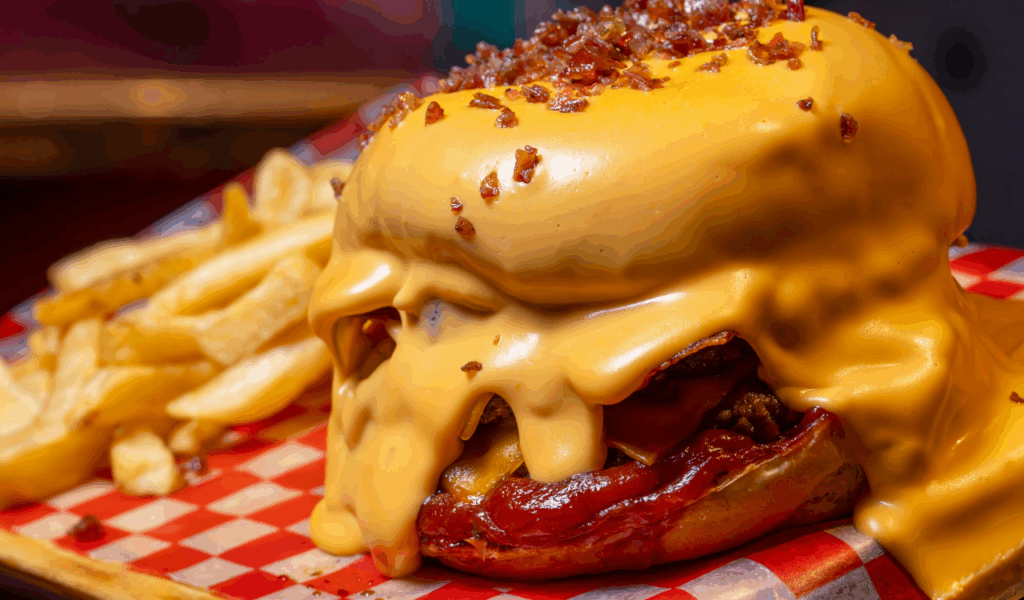
Burger architecture matters more than most people think. Place sauces and moist ingredients like tomato or lettuce strategically to protect the bun and preserve texture. For example, putting lettuce under the patty can prevent sogginess, while spreading condiments on both buns ensures even flavor. Stack ingredients to maintain balance, crunch on the bottom, juicy in the middle, cool on top. The right layering keeps your burger tasting as good on the last bite as it did on the first.
10. Rest the burger briefly after cooking so juices redistribute

It’s tempting to dive right in, but patience pays off. Let the burger rest for about a minute after cooking to allow the juices to settle back into the meat. Cutting or biting too soon releases those juices onto the plate or bun instead of keeping them in the patty. This short rest also allows residual heat to finish cooking the center gently. The payoff is a burger that’s moist from start to finish, with every bite delivering that rich, juicy flavor you worked so hard to build.
11. Add acidity or bright elements to cut richness and refresh the palate
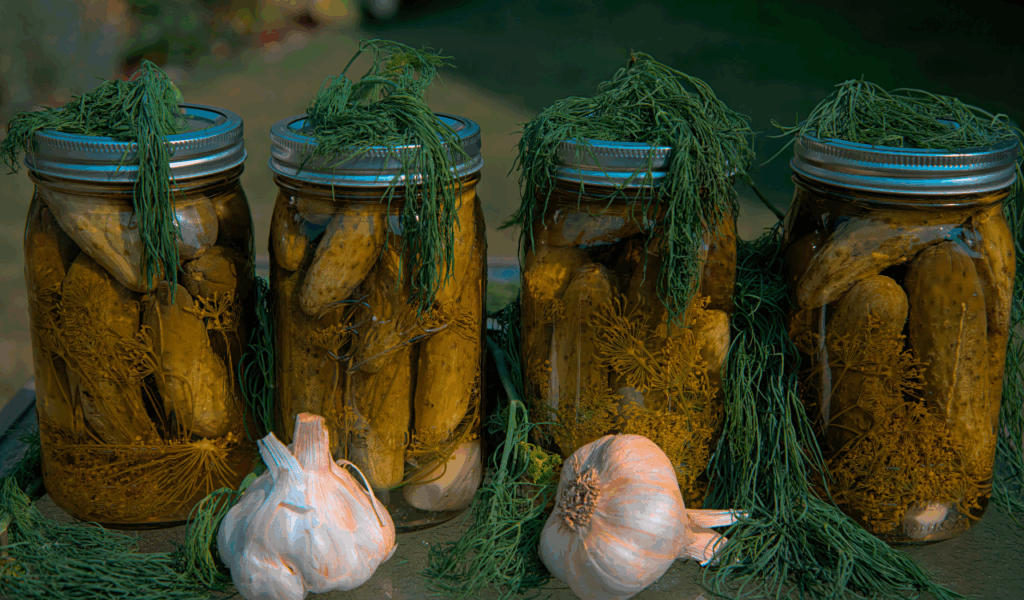
A perfect burger balances fat with brightness. Acidity from pickles, mustard, onions, or even a splash of vinegar helps cut through the richness of beef and cheese. These sharp, tangy elements keep your palate refreshed and highlight the savory flavors rather than competing with them. Even a little squeeze of lemon in a special sauce or a slice of tomato adds that balance. Great chefs always include something bright so that the burger feels layered and satisfying, not one-dimensional.
12. Grind or blend your own meat when possible for custom flavor control
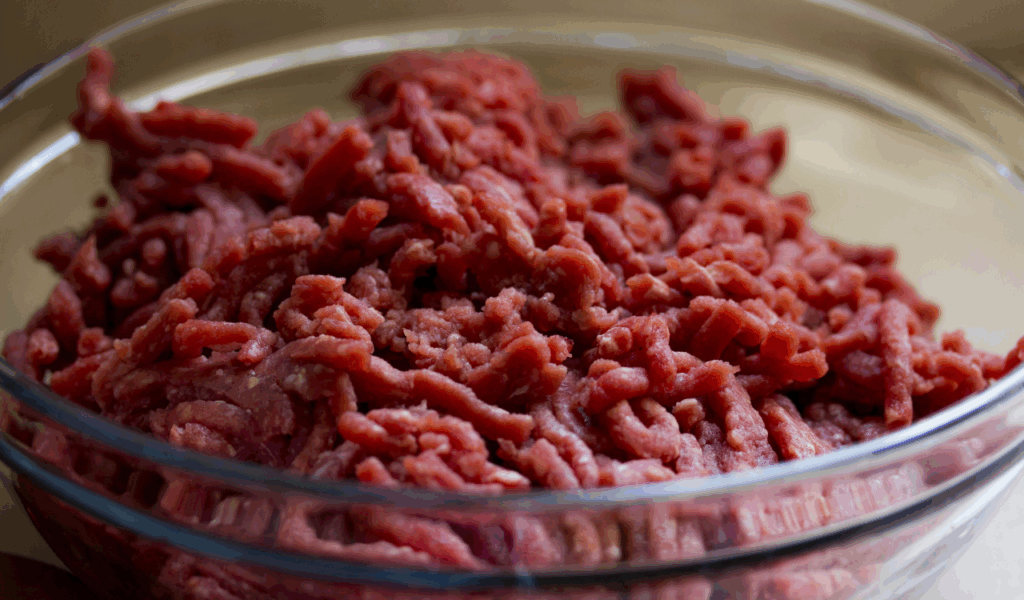
If you want to take things up a level, blend your own beef. Combining cuts like chuck, brisket, and short rib gives you control over fat ratio and flavor depth. Freshly ground meat also holds its juices better and has a looser, more natural texture than pre-packaged versions. Keep everything cold and grind just before forming patties for the best results. With a custom blend, you can adjust for richness, tenderness, and that deep, beefy flavor that separates a good burger from a great one.
